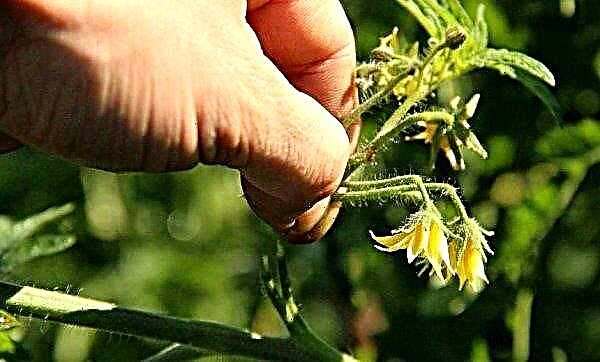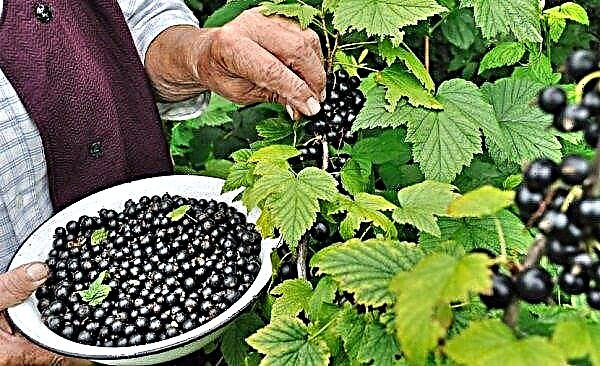After a long gray Russian winter, I want to fill my life with paints and flowers as soon as possible. But spring in our latitudes is insidious and changeable, therefore not every plant is able to withstand the spring whims of the weather.
In this article, we are talking about flowers that are ideal for our climate: they can be planted in early spring, as soon as the snow falls and they will be the first to please you with amazing buds. In addition, they are all perennials that can be planted at the very beginning of spring and they will be the first to please you with their flowers.
Great dicentra
Also known as a heartflower or broken heart. The flowers themselves are similar to bizarre dew, droplets of which hang in clusters from branches. The only drawback of the dicentres is the short flowering time: the flowers wither as soon as the length of daylight increases and the average daily temperature rises.
Growth conditions: grows in moist soil with good drainage; in too moist soil, the roots of the plant begin to rot.

Lighting: calmly tolerates the bright sun, subject to a not very high air temperature and sufficient soil moisture, but still it is best to plant the plant in partial shade.
Dimensions: height - 60-90 cm; width - 45-75 cm.
Sanguinaria
The name sanguinaria comes from the English word sanguine - blood red; it is of this color that the juice of the plant, which stands out on a broken stem or leaves. Sanguinaria is similar to a creeping plant, but it is completely harmless to the surrounding flowers. In spring, it will delight you with elegant white flowers, and in summer it will add bright saturated greens to your garden.
Growth conditions: prefers a soil rich in organic fertilizers, such as humus from leaves, as well as an average level of humidity and good drainage.

Lighting: Partial shade is preferable, as the plant does not tolerate intense summer sun and high air temperature.
Dimensions: height - 10-20cm; length - up to 3 meters.
Brunner large-leaved (forget-me-not)
Brunner is gaining popularity among gardeners, not so much because of his blue flowers, but because of the unusual shape of the leaves - in the form of a heart. Today, there are different types of forget-me-not flowers, including those with delicate cream flowers.

Forget-me-not - a very unpretentious plant and does not require special care. It blooms in early spring, grows rather slowly, but at the same time grows quite strongly. Multi-colored varieties reproduce more slowly. Brunner lives a little, but it can be revived by separation every 3 years.
Lighting: prefers a shadow, but the bright sun also tolerates.Dimensions: height - 30-50 cm, width - 3-6 meters.
Hellebore
Slow-growing perennial flowers blooming in early spring are part of one of the most expensive flowers on our list. Hellebore can be of different colors, so if you want to add color to your spring garden, we recommend that you buy a mixture of seeds of plants of different colors.
It blooms a few years after planting, but it will delight you with its flowers for many years. The color of the buds varies from shades of cream and pink to purple and rich wine color.
Conditions: moderate regular watering.

Lighting: partial shadow. In the bright sun dries.
Dimensions: height - 45-60cm, width - 30-45cm.
Lungwort
Amazingly beautiful spring flowers, notable not only for their flowers, but also for their leaves. Pink pollen buds after pollination become blue, white buds after pollination do not change color, so on one plant you will have different buds in color. The leaves of the Lungwort have a characteristic pattern of white and silver dots.
Conditions: it is recommended that when planting, mulch the soil - fertilize it with compost, which is rich in nutrients and does not retain water.

Lighting: shadow or partial shadow.
Dimensions: height - 25-35 cm, width - 25-45cm.
Many English gardeners grow Lungwort as a salad plant. It has medicinal properties, and its leaves have a taste of vermouth.
Phlox creeping
You probably saw him in the parks, this “carpet” of flowers of pink pastel shades, purple and white. As a rule, phlox is planted in large numbers so they create a large bright color spot.
Conditions: resistant to adverse conditions, provided sufficient watering; in dry soil, the plant withers.

Lighting: It blooms best in bright sunshine, but the saturation of green leaves is better preserved in the shade.
Dimensions: height - 15cm, width - 30-60cm.
Phlox is translated from Greek as "flame." This name was invented by Karl Linney in 1737.
Now you know what flowers to plant in the garden in early spring. Observe their conditions to get a beautiful plant.












